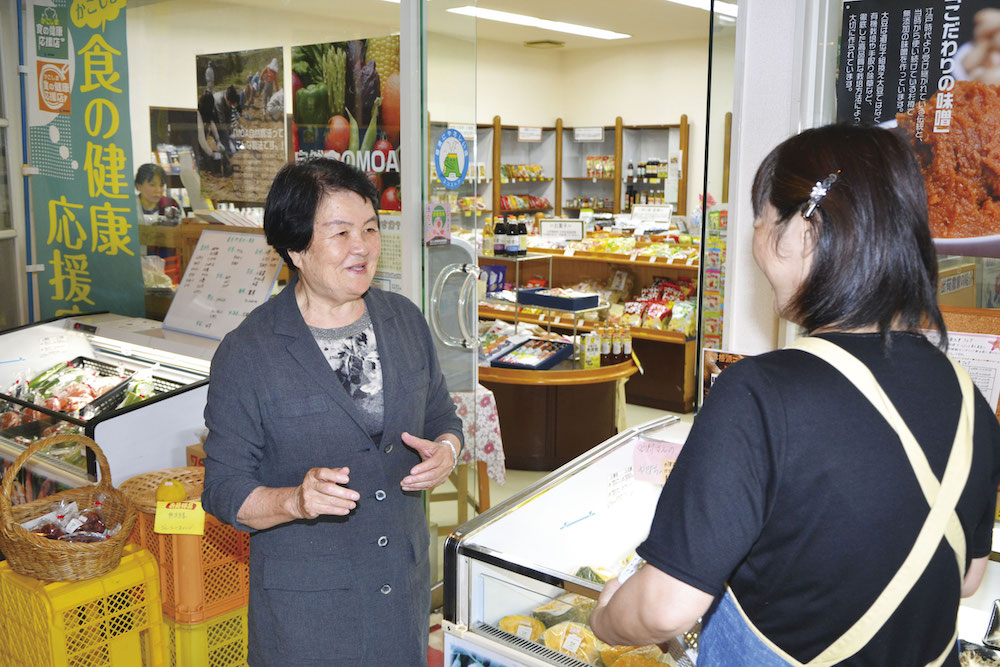Basic home-cooked dishes that make the best use of the characteristics of the ingredients

──What kind of ingredients should you eat?
Vegetables contain different nutrients and tastes depending on whether they are in season or not, so the taste will also change. I have been practicing the MOA Nature Farming method at my home garden for over 10 years. I have realized the energy of seasonal vegetables, and above all, I am always surprised at how delicious they are. I am convinced that eating seasonal foods not only improves the intestinal environment and makes the body healthy, but also makes the mind happy.
I purchase MOA Nature Farming method produce at a local store in Kagoshima. Even if the shape is a little distorted, it does not use pesticides or chemical fertilizers, so you can eat it with peace of mind. And when I pick them up, I can feel the sincerity of the producer. I sense their desire to deliver safe and secure agricultural products to people.
Such an agricultural product must be cooked using the best characteristics of the ingredients. When I was studying under the late Kaichi Tsuji, a well-known Japanese cooking researcher, he told me that Rosanjin Kitaoji made the best use of the ingredients in home cooking by not overcooking it. The essence of home cooking is the delicatessen that makes the best use of the original flavor by choosing the ingredients and not overcooking.
Finally, I would like to introduce Kagoshima’s local cuisine, “chabushi,” which can be made using fermented foods without any problem. Simply add wheat miso, dried bonito flakes, green onions, eggs and brown sugar to your bowl or teacup, pour hot bancha and mix. It has been taken as an “aerial root medicine” for a long time when people felt a little tired. This is enough to rejuvenate you. You can easily get the power of fermented foods, so please try it.
──Thank you for talking about the intestinal environment from the perspective of food.
Etsuko Fukushiyama
Born in Kagoshima Prefecture in 1938. Graduated from Wayo Women’s University, Faculty of Home Economics, Department of Life Sciences in 1963. After working as a lecturer and professor in the Department of Life Sciences, Faculty of Home Economics, Kagoshima Women’s Junior College in 1980, she became an emeritus professor at the same university in May 2009. Her specialty is “Nutrition / Cooking / Applied Cooking Practice.” Her recent research fields are “tea and eating habits,” “children’s meals and elderly people’s meals.” She has a wide range of activities on the theme of food, such as serving as senior advisor for food education in Kagoshima Prefecture, member of the Kagoshima Prefectural Citizens Forum Executive Committee, and chairperson of the Kagoshima City Food Education Promotion Plan Development Committee. She has authored “My Food Education—Learn from the Heart of Tea Kaiseki” (Asan Tesana) and co-authored “Shin Satsuma Gaku 12 Exploring the Mysteries of Food in Kagoshima” (Nanpo Shinsha).
This article was published in the magazine “Rakuen” No. 73 (Autumn 2018).






